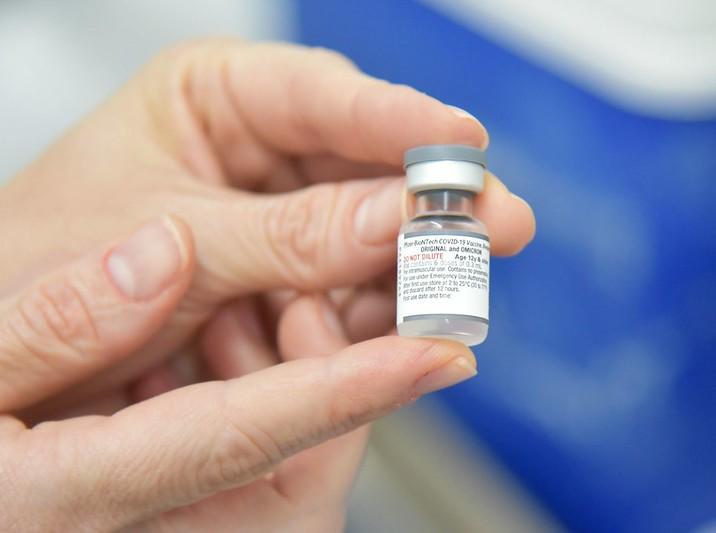The Food and Drug Administration (FDA) today authorized second bivalent (two-strain) COVID-19 booster doses for people ages 65 and up and for those with weakened immune systems, a step designed to shore up immunity in the most vulnerable groups until fall.
In its announcement today, the FDA also simplified the immunization recommendations for all age-groups to focus only on the bivalent vaccines. It said the Moderna and Pfizer-BioNTech monovalent (single-strain) vaccines are no longer authorized for use, though their full licensing remains intact for future supplemental actions.
Some countries, such as the United Kingdom, have already authorized second bivalent boosters for high-risk groups. The FDA's announcement today comes ahead of a Centers for Disease Control and Prevention vaccine advisory group meeting tomorrow to discuss recommendation updates.
COVID still a real risk for many people
The FDA said people ages 65 and older may receive a second bivalent dose at least 4 months after the initial bivalent dose. People with weakened immune systems can receive an extra bivalent dose at least 2 months following the last dose, with additional doses given at the discretion of healthcare providers.
In the FDA's announcement, Peter Marks, MD, PhD, who directs the FDA's Center for Biologics Evaluation and Research, said evidence suggests most people ages 5 and older in the United States have antibodies to SARS-CoV-2, either through vaccination or infection. "COVID-19 continues to be a very real risk for many people, and we encourage individuals to consider staying current with vaccination, including with a bivalent COVID-19 vaccine," he said.
We encourage individuals to consider staying current with vaccination.
Marks added that the simplified authorization is also meant to encourage more people to be vaccinated. For example, the FDA said unvaccinated people should receive one bivalent dose rather than multiple doses of the original monovalent vaccine.
A close watch of variant changes
In June, the FDA's vaccine advisory group will meet to discuss strain composition of COVID vaccines for this fall. At a media telebriefing, Marks said though COVID isn't like flu, health officials are using a similar model to select what they think will circulate in the fall and winter.
He said as with the flu, the goal for fall vaccination is to protect as many people as possible and to ease the load on the healthcare system when multiple respiratory viruses are circulating.
He said the XBB.1.5 Omicron subvariant largely has the same spike protein as other variants, but ahead of the June selection meeting, scientists might find something that will cover all of them. Marks said health officials are especially monitoring two new Omicron subvariants with growing proportions in the United States, XBB.1.9.1 and XBB.1.16.



















